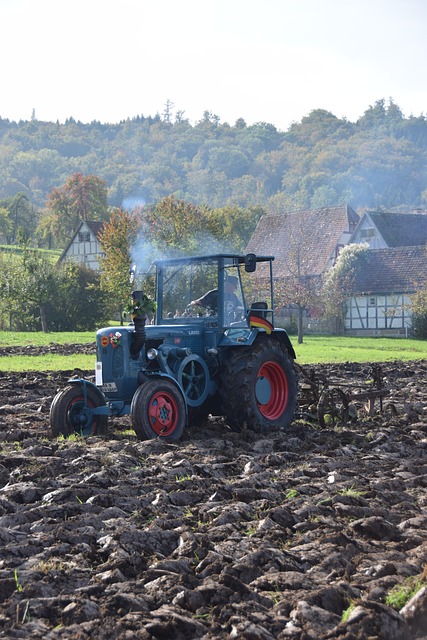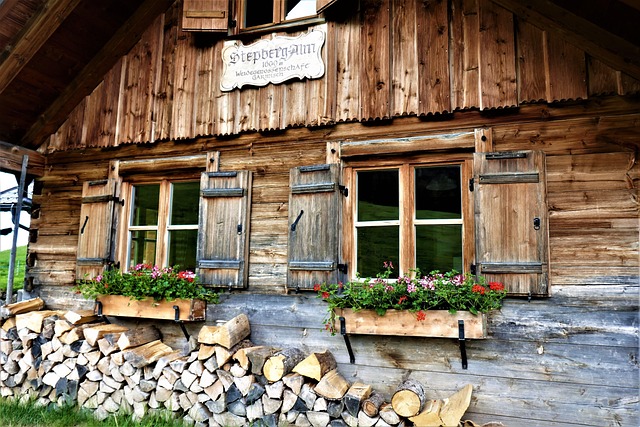The dining experience is greatly impacted by a location's character, whether urban or rural. Urban areas thrive with diverse ethnic cuisines due to multicultural populations, while rural regions boast traditional dishes rooted in history. Real estate isn't just about property but curating environments that cater to varied culinary interests, from global fusion to regional specialties. Neighborhood characteristics driven by demographics and historical development shape culinary diversity, attracting food enthusiasts seeking authentic experiences. Urban centers boast vibrant, international cuisines and pop-up scenes, while suburban and rural areas offer intimate dining with local farmers' markets and traditional recipes, enriching the appeal of diverse real estate sectors.
In today’s diverse and dynamic world, dining and shopping experiences are undergoing a metamorphosis, shaped by location, community integration, and cutting-edge real estate trends. From bustling urban centers to quaint suburban towns and rural retreats, culinary and retail landscapes are reflecting and enhancing the tapestry of our societies. This article explores these multifaceted dynamics, delving into how neighborhood characteristics, mixed-use developments, technology, and sustainable design forge unique dining and shopping destinations that cater to a wide range of tastes and preferences.
The Impact of Location on Diverse Dining Experiences

The location of a dining establishment plays a pivotal role in shaping its diverse dining experience. Real estate is not just about property; it’s about creating an environment that attracts a multitude of culinary interests. In urban areas, for instance, the vibrant mix of cultures often translates into a rich gastronomic scene. For example, a city’s diverse ethnic neighborhoods can offer everything from authentic Asian street food to innovative fusion cuisine, providing locals and visitors with a chance to embark on a global culinary journey without leaving their metropolis.
Rural regions, though less densely populated, have their own charm. They often boast local farmers’ markets and rustic eateries that serve traditional dishes passed down through generations. These locations offer a unique dining experience, allowing patrons to connect with the region’s history and culture. Thus, the impact of location is twofold: it either exposes diners to novel culinary adventures or offers a glimpse into the regional identity through food.
– How neighborhood characteristics influence culinary diversity

Neighborhood characteristics play a significant role in shaping culinary diversity, creating unique dining landscapes that reflect the cultural fabric of each area. Factors like demographics, immigration patterns, and historical development contribute to a vibrant mix of cuisines. For instance, diverse real estate markets often attract a varied population, leading to an array of ethnic restaurants offering traditional dishes. Bustling urban neighborhoods, with their dense populations and multicultural residents, tend to have lively food scenes, where local chefs draw inspiration from global influences.
The culinary diversity is further enhanced by the presence of specialty shops, farmers’ markets, and artisanal producers, all of which thrive in diverse communities. These local businesses cater to specific tastes and dietary preferences, ensuring that residents and visitors alike can explore a wide range of food options. As real estate develops, these neighborhood characteristics become integral to the overall experience, attracting food enthusiasts seeking authentic culinary adventures.
– Examples of vibrant food scenes in different real estate sectors (urban vs. suburban vs. rural)

Urban areas are known for their dynamic and diverse food scenes, reflecting the multicultural fabric of cities like New York, London, or Tokyo. You’ll find a plethora of international cuisines, innovative fusion restaurants, and trendy pop-up dining experiences in these bustling metropolises. The real estate sector here often features historic buildings converted into hip eateries, with vibrant street art adorning the walls, creating an immersive sensory experience for diners.
In contrast, suburban and rural areas offer a more intimate dining atmosphere. Local farmers’ markets and community-focused restaurants thrive in these regions, showcasing seasonal produce and traditional recipes. For instance, a quaint village might be home to a beloved family-run bistro serving hearty local cuisine, attracting both residents and tourists seeking an authentic culinary experience. These unique food destinations enhance the overall appeal of diverse real estate sectors, providing locals and visitors alike with memorable dining adventures.






